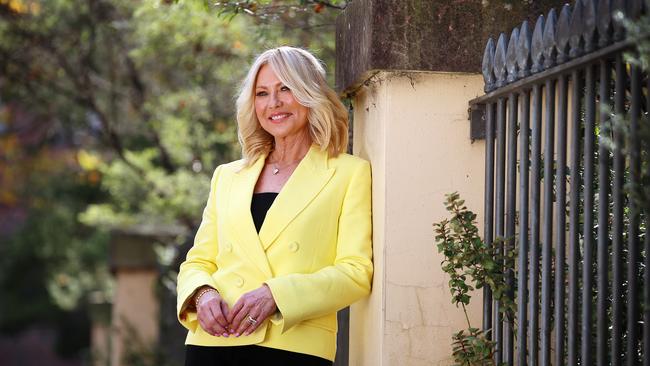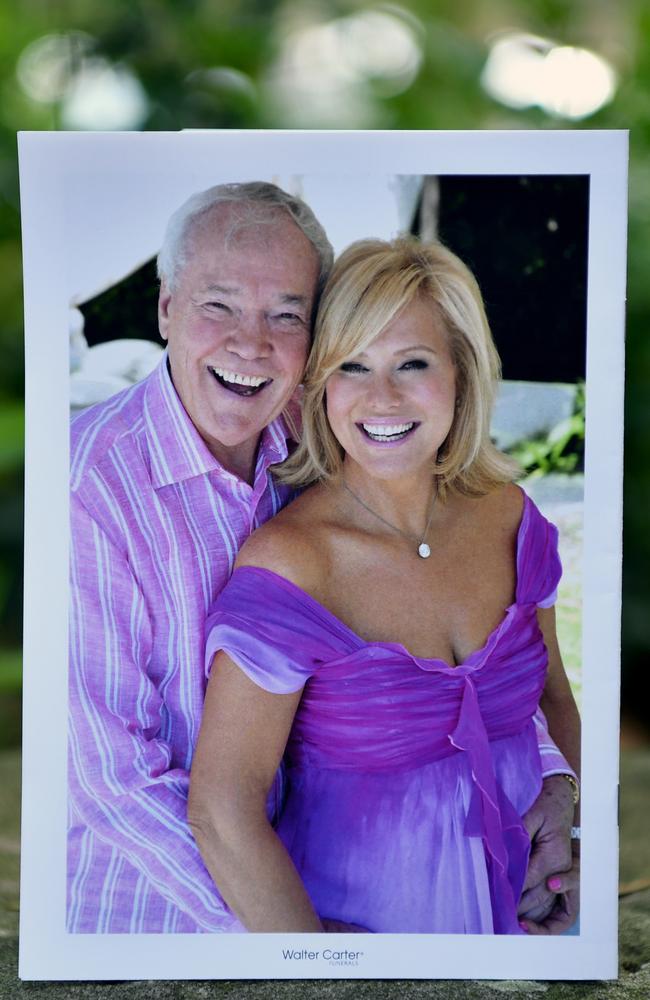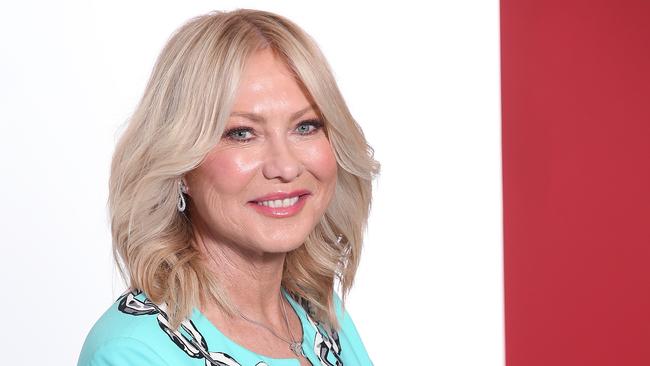Kerri-Anne Kennerley begged the Premier for more spinal research funding
Studio 10 co-host Kerri-Anne Kennerley knew it was not a great time, and also an inappropriate question on the day, but her life had gone so far from appropriate, she didn’t care.
NSW
Don't miss out on the headlines from NSW. Followed categories will be added to My News.
Kerri-Anne Kennerley knew what she was about to do was “inappropriate”.
But after watching her beloved husband John endure quadriplegia after a serious fall, the TV star no longer cared.
The Studio 10 co-host was at the opening of a new course at the prestigious Concord Golf Club late last year when she saw — and approached — Premier Gladys Berejiklian to beg for more spinal research funding.

MORE FROM LINDA SILMALIS
NSW’s oldest jails under threat of closure
How small mole on toe led to fight for life
Teen inmates ignite clothes, food trays in two-day riot
“I said: This is not a great time, it’s also an inappropriate question on a day like this but my life has gone so far from appropriate, I don’t care,” she said.
The encounter triggered a series of meetings between the premier, Kerri-Anne and research lobby group SpinalCure Australia in Ms Berejiklian’s CBD office with Treasurer Dom Perrottet to announce a record $15 million towards advancing spinal research in this Tuesday’s State Budget.
In a frank interview with The Sunday Telegraph last week, Kennerley said the allocation had the potential to change the lives of thousands of spinal injury patients.
“Nobody understands what it is like to live with quadriplegia,” she said.
“John was C3 and C4, which was the neck down, so he could not feed himself, he could not put a fork in his mouth. He could breathe independently, but still only had 40 per cent lung capacity. If he got a cold he couldn’t cough. He couldn’t use the remote button. He couldn’t turn a page. They are uncomfortable conversations to have but even bowel care becomes quite clinical.

“I didn’t know anything. I unfortunately now know more than I ever wanted to know.”
John Kennerley died in February this year, aged 78.
Kerri-Anne Kennerley, who said her husband never gave up hope of “a miracle”, described the heartbreaking moment when John asked his first question after the accident using printed letters of the alphabet.
“Because he couldn’t speak, I printed out the alphabet and vowels so that’s how we would communicate,” she said.
“The first thing John asked me was: Am I a paraplegic?
“It was gut-wrenching. I couldn’t say to him at the time: You’re not that lucky.”
While the research is targeted at a cure, Kerri-Anne said any improvement in someone with quadriplegia would make a dramatic difference in their lives.
“This money is the most money that has gone into research and treatment and development for spinal injuries in what has to be about 25 years,” she said.
Treasurer Dominic Perrottet said spinal cord injury affected up 15,000 Australians and their families.

Car accidents were the leading cause of spinal cord injury, followed by falls, being struck or colliding with a person or object, water-related activities and other sporting injuries.
The funding, to be distributed over five years, would go towards researchers who were able to demonstrate how their work would benefit spinal cord injury patients.
“Every day, a life will be changed in an instant due to a spinal cord injury and the emotional, social and financial impact on people can be devastating,” Mr Perrottet said.
“It could happen with a fall down the stairs or a car accident, or diving into shallow water, which then robs people of their mobility and bodily functions.
“However it happens, it will affect nearly every aspect of their life and the lives of those around them.”

Kerri-Anne said she had been visiting spinal research units across the State, including the Neuroscience Research Australia (NeuRA) unit at Prince of Wales Hospital.
“Since John, I have been listening to people like SpinalCure — Sandra Sully is a patron — NeuRA, researchers involved in neurostimulation and stem cell research,” she said.
“It’s not only about getting people to walk — if you are a quadriplegic, any little bit of improvement can be dramatic.”
Kerri-Anne will be discussing the issue of spinal cord injury research on Studio 10 tomorrow along with guest Sam Bloom, an Olympic kayaker who became paralysed after a balcony fall in 2013.
‘IT’S NOT A SEXY CHARITY’
SpinalCure executive director Duncan Wallace said most frustrating aspect of past government funding had been that it had been directed at care rather than a cure.
The ailment also did not attract the charity dollars of other conditions such as breast cancer, which benefited from the advocacy of celebrity sufferers.
“It isn’t a sexy charity,” he said.
“One of the problems has been this dogma that it is incurable but the advances in sciences - especially in the US and Europe - has made it a question of when, not if.
“We hope this funding will help researchers attract even further federal funding, and for spinal cord injury to be made a national health priority.”
Originally published as Kerri-Anne Kennerley begged the Premier for more spinal research funding


